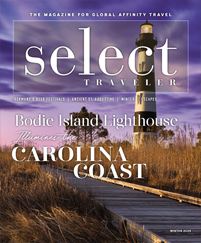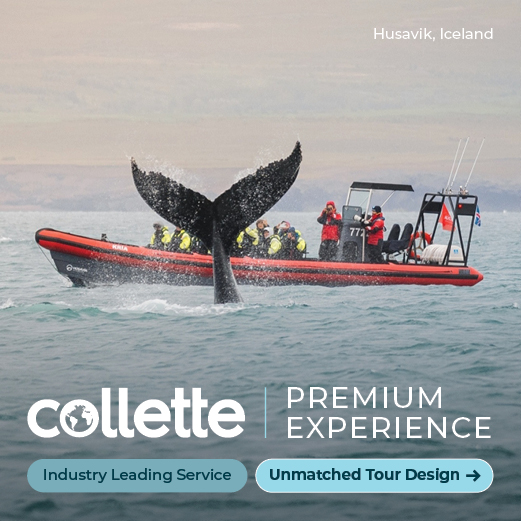Roman roads have a reputation for being impeccably straight, though none is more so than the Via Aemilia. Even on today’s maps, Italy’s “State Road 9” traces an impeccable 45-degree angle across the north of the country, thanks to the perfectly flat Po River plain, the single largest area of fertile agricultural area in the whole of the Italian peninsula.
The entire 160-kilometer highway was completed in just two years, and the area swiftly became the most populous and prosperous part of Roman Italy. The Via Aemilia gave its name to the entire region, which still accounts for the most important agricultural area in the country, providing us with the Italian trifecta of parmigiano, prosciutto and balsalmico.
The Via Aemilia is an ideal road trip for foodies and offers special advantages for groups. Going straight, the drive could take just three hours, so you can build in stops to make it as little as a day or a week or more, taking advantage of the hospitality culture among agricultural producers to create an itinerary of private lessons, demonstrations and tastings.
Though many of the charms of Via Aemilia have been more or less consistent for more than 2,000 years, this year the route has experienced a revamped and heightened series of offerings thanks to both the enthusiasm of the world’s fair in Milan, which has coordinated 80 themed itineraries along the route, and an intense rebuilding effort after a series of earthquakes in 2012 leveled many of the region’s agricultural facilities.
Unmissable Milan
Just outside the region of Emilia in Lombardy, Milan was not originally part of the Via Aemilia, even though it lies on the natural continuation of the route’s 45-degree vector and has served, from its time as the capital of the Western Roman Empire through its current role as Italy’s New York City, as the gateway to the region.
Walking the streets of Milan, each period of its prominence collides. You can still take in the sights of Roman Mediolanum, such as the almost completely intact columns of San Lorenzo and the early Christian baptistery under Milan’s cathedral. The Duomo di Milano itself, which is the largest in Italy and bridges the transition between spindly Gothic spires and a balanced Renaissance base, best exemplifies its late medieval heyday. Its Renaissance riches paid for Leonardo da Vinci’s “Last Supper,” and its worldly Baroque period gave rise to the world-class ballet and opera venue La Scala.
This year and likely for many to come, however, Milan is best experienced as one-stop shopping for all the best that Italy has to offer, especially now that the world’s fair has come to town. Though it only lasts until October 31 of this year, the energy of the Milan Expo, focused on foods of the world and sustainability, will leave a wake of top cultural and culinary establishments.
Parma
After Milan, getting to the heart of the Pianura Padana — and home of its most popular products — requires little more than an hour’s drive. Oozing Renaissance aesthetic, Parma benefited in the 16th through 18th centuries from the wealth and patronage of one of the country’s most important families, the Farneses, who amassed an incredible collection of art, including da Vinci’s famously sparse but expressive painting “La Scapigliata.”
After the fall of the Farneses, Napolean’s second wife, Marie Louise, received the Duchy of Parma and made it her mission to collect and save art, not only from Parma but all the lands her husband conquered, and keep it from being shipped off to the Louvre. The collection today forms Parma’s National Gallery, conveniently located next to both the duchess’ palace and the former Ducal Palace, which still bears the scars of shelling during World War II.
Late afternoon in Parma highlights two other main draws: the nearly 1,000-year-old cathedral, with frescos that are lit perfectly just before sunset, and the “aperitivo” hour on historic Strada Farini, the perfect place to sample the local ambiance, meats and cheeses.
Promised Land of Parmigiano and Prosciutto
Though the adage goes that the early bird gets the worm, in the area around Parma, the early group gets the cheese. To watch the first step in the up to three-year process of making wheels of parmesan, groups need to get an early start; the day’s cheesemaking usually finishes by 10 or 11 a.m., as milk must be delivered within two hours of milking and used right away to meet the strict requirements for parmesan’s coveted protected status designation.
Driving the pastureland for the region’s parmesan and prosciutto producers, it’s hard to believe that destruction ravaged this bucolic utopia little more than three years ago. Over the course of 10 days, earthquakes, many over 5.0 magnitude, continually overwhelmed people and livestock, bringing both local landmarks and industries to their knees.
During the first earthquake, more than 300,000 88-pound wheels of Parmigiano-Reggiano fell in an enormous domino effect as aging racks toppled into one another, causing a loss of 150 million euros for the industry. As part of the rebuilding process, many producers have heightened their tourism offerings, allowing visitors to continue to support the industry’s revitalization by seeing the complex series of aging steps that creates parmesan’s singular flavor, from the initial brine baths that give parmesan its characteristic saltiness to the aging rooms where wheels of parmesan patiently line shelf after shelf like rare books in a prized library.
Visits to prosciutto producers, which focus more on tasting and aging rooms, are easier to schedule, but the real highlight for meat lovers is a visit to a “culatello” production facility. A cured pork meat that cannot be legally imported into the United States, culatello can be enjoyed only in Italy, and even within Italy, little of the prized product makes it outside of the Parma area and the Emilia region.









